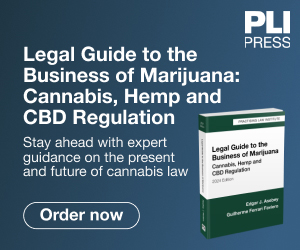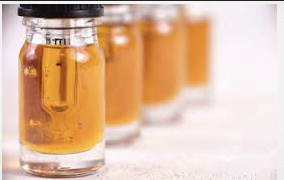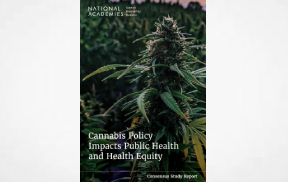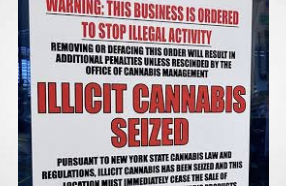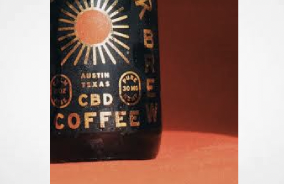Info Sourced Via Post on Richard Rose Website
- PMID: 39478329
- DOI: 10.1089/can.2024.0058
Abstract
Background: Although the majority of cannabinoid research has focused on delta-9-tetrahydrocannabinol (Δ9-THC) and cannabidiol (CBD), there is increasing interest in the therapeutic effects of other phytocannabinoid compounds (i.e., minor cannabinoids), as there is little known about their effects or interaction with CBD. The current study objective was to determine the concentrations of 15 minor cannabinoids in unregulated, over-the-counter CBD products. Methods: A cross-section sample of 80 local and national brands of hemp-derived oil products was purchased both online and in local retail outlets in central Kentucky. Epidiolex® was included as a regulated control. Samples from each product were extracted by solvent extraction and quantified by liquid-chromatography tandem mass-spectrometry. The targeted cannabinoids were: cannabidiolic acid (CBDA), cannabidivarin (CBDV), cannabidivarinic acid, Δ9-tetrahydrocannabivarin, Δ9-tetrahydrocannabivarinic acid, Δ9-tetrahydrocannabinolic acid-A, Δ8-tetrahydrocannabinol (Δ8-THC), cannabigerol (CBG), cannabigerolic acid, cannabinol (CBN), cannabinolic acid, cannabicyclol (CBL), cannabicyclolic acid, cannabichromene (CBC) and cannabichromenic acid. Results: Among the unregulated products included in this analysis, the most frequently detected minor cannabinoids were CBDV (100% of samples tested), CBG (77%), CBC (72%), CBN (67%), CBL (67%), and CBDA (51%). Δ8-THC was not detected in any of the products tested. Concentrations of these cannabinoids varied widely from trace concentrations to several mg/mL (e.g., CBDA: 0.006-12.258 mg/mL). Conclusions: These data indicate CBD products often contain minor cannabinoids, although the array and concentrations of these cannabinoids vary widely across products. The concentrations of these minor cannabinoids are largely absent from product labels, leaving consumers uninformed about product contents.
Keywords: CBD; analytical chemistry; cannabidiol; minor cannabinoids; regulation.
Similar articles
-
Development and Validation of a GC-FID Method for the Quantitation of 20 Different Acidic and Neutral Cannabinoids.Planta Med. 2023 May;89(6):683-696. doi: 10.1055/a-1962-8165. Epub 2022 Oct 18.PMID: 36257598
-
Detectability of cannabinoids in the serum samples of cannabis users: Indicators of recent cannabis use? A follow-up study.Drug Test Anal. 2021 Sep;13(9):1614-1626. doi: 10.1002/dta.3110. Epub 2021 Jun 21.PMID: 34114750
-
Valorization of CBD-hemp through distillation to provide essential oil and improved cannabinoids profile.Sci Rep. 2021 Oct 6;11(1):19890. doi: 10.1038/s41598-021-99335-4.PMID: 34615971 Free PMC article.
-
Synthetic Strategies for Rare Cannabinoids Derived from Cannabis sativa.J Nat Prod. 2022 Jun 24;85(6):1555-1568. doi: 10.1021/acs.jnatprod.2c00155. Epub 2022 Jun 1.PMID: 35648593 Review.
-
Cannabidiol-Derived Cannabinoids: The Unregulated Designer Drug Market Following the 2018 Farm Bill.Med Cannabis Cannabinoids. 2024 Feb 13;7(1):10-18. doi: 10.1159/000536339. eCollection 2024 Jan-Dec.PMID: 38352661 Free PMC article. Review.
LinkOut – more resources
-
Full Text Sources
-
Research Materials
https://pubmed.ncbi.nlm.nih.gov/39478329/
